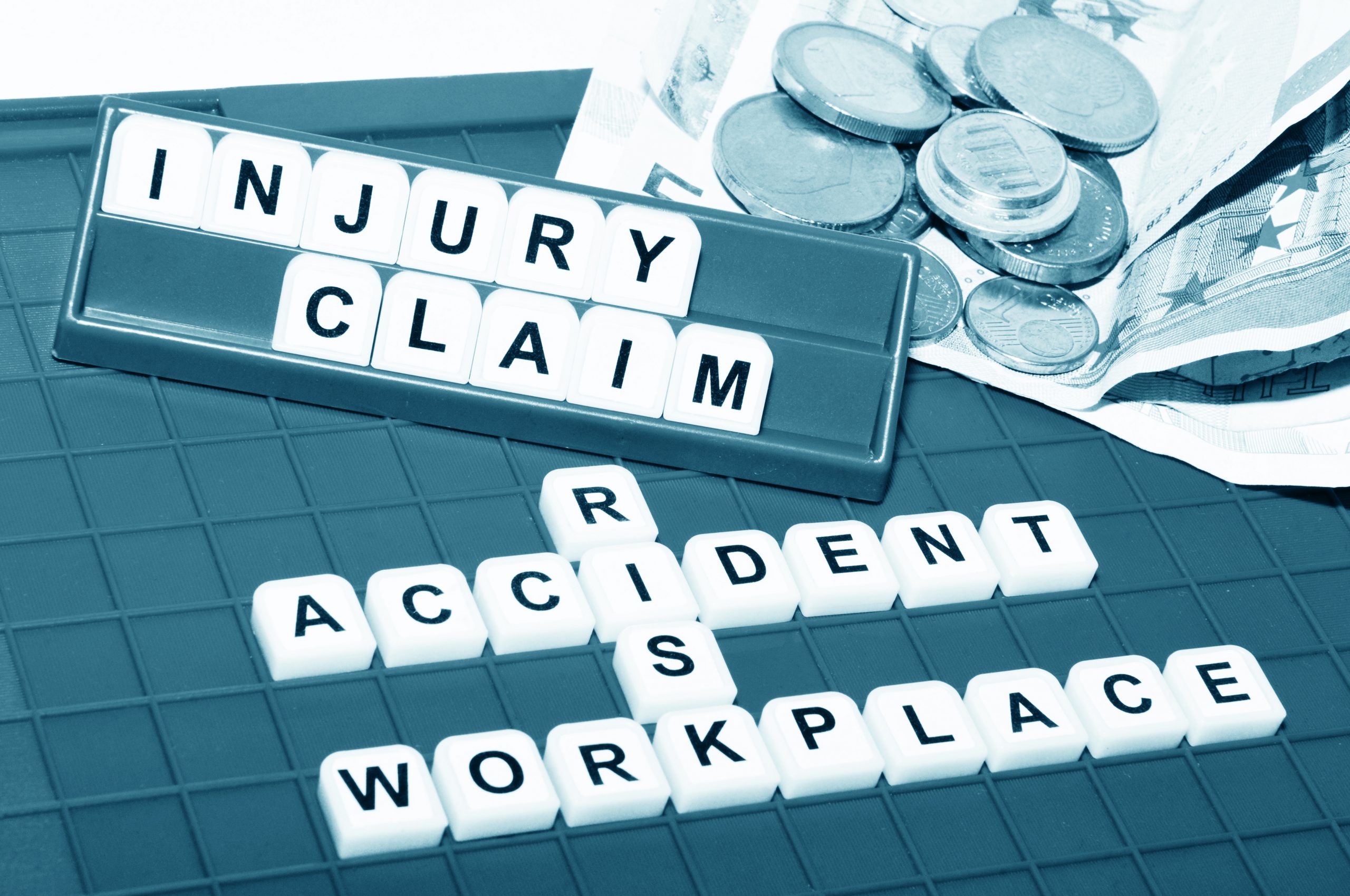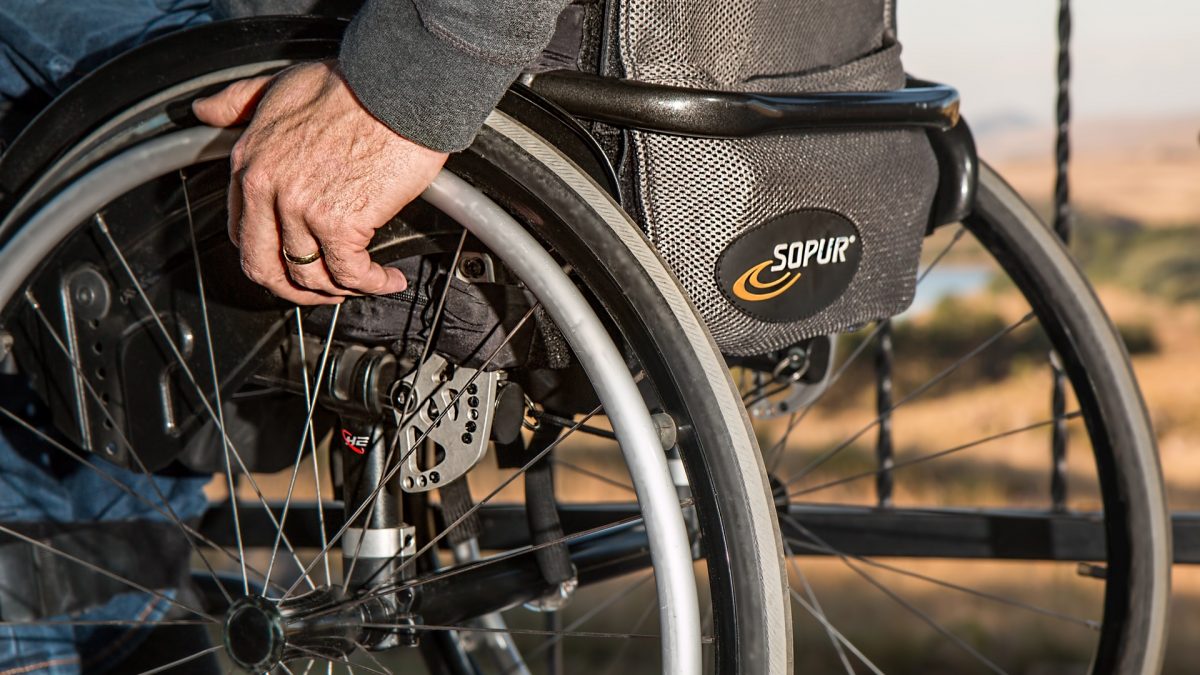
The Future Lawyer Weekly Update – w/c 7th June
June 9, 2021
What is the Role of a Worker’s Compensation Lawyer?
June 10, 2021Cumulative Trauma Disorder or CTD is a disorder that develops over time from the repeated actions associated with most jobs. This is one of the silent dangers within any company. It is the excessive wear and tear of tendons, muscles, and nerve tissue throughout an extended period of time. People that develop CTD often suffer from acute pain and in some cases require physical therapy or surgery.
Employers, as well as employees, are often in the dark about this condition. It is, however, a major concern that both parties should become knowledgeable on. In the worker’s case, many are not aware of the workers’ compensation benefits they may be entitled to.
What Benefits Can You Get for CTD
These types of cases are tricky and difficult to handle or to win. You’ll need an excellent attorney that is versed in these types of claims. As this condition develops over time, it is much harder to pinpoint the exact cause of injury or deterioration.
In this way, insurance companies and employers are able to get out of fulfilling benefits to the employee. A law firm that you can use to explore your options is Morgan, Collins, Yeast & Salyer, they are well versed in these types of claims. Again, because of the unusual nature of this disorder, it requires a skilled mind to work around the challenges to the claim. Here are some ways that you can get worker’s compensation benefits from a CTD claim.
Tell Your Employer as Soon as You Find Out
As soon as you’ve been diagnosed with CTD, immediately inform your employer. Send an email, as well as give in a written letter. Have written proof that you’ve communicated this information to your employer. You want to do this for two reasons. One, so that you can be put into a new position that won’t further aggravate your condition or get leave until the case is resolved. Two, so that you have proof that you told your employer, and that they received the information. They therefore cannot claim ignorance. Your employer then cannot terminate you without reasonable cause as a way to avoid your benefits claim.
Get Medical Evidence
Next, you want to collect medical evidence for any and all treatments that you’ve had because of your trauma. You’ll need this to show that you’ve had this issue over a period of time and that it is progressively getting worse or remaining persistent despite medical care. Have your doctor fill out your information and details of your condition as thoroughly as possible.
All the details will be needed to prove that you have CTD, that it is work-related, and that it is not a self-inflicted injury. You will need all of this to help prove your claim and get you the benefits from it. Keep in mind the effects this will have on your life and make sure you’re doing what you can to protect yourself in the long term.
Act Right Away
Once you have been diagnosed, begin the necessary process to file your claim. Most states grant you two years after your initial diagnosis to file a claim. Don’t waste time. Fill out the documentation clearly and accurately. Collect all of your evidence and go over your case with a reputable attorney. Your attorney will help you to file the claim. They will also help to manage your expectations by explaining the procedures to you and what can be done on your part. Follow their instructions to get the most out of your case.
Get an Experienced Attorney
Most importantly, get yourself a reputable and experienced lawyer to help you through the process. In this type of situation, you need a lawyer with experience who can maneuver around all the loopholes that may come your way. There will be challenges to your claim. Insurance companies will be reluctant to pay out your benefits and employers will be considered with the effects your case can have on them. This can turn a working relationship sour. However, you should not back down or be afraid to get your benefits.
CTD develops because of repetitive motion. It doesn’t always require the motion to be strenuous. For this reason, it often goes unnoticed. The trauma comes on gradually and as such you get accustomed to it without realizing that the pain or uncomfortable feeling is out of place. The best approach is to seek medical advice.
Once it’s been confirmed that your condition is work-related, take action right away to get the maximum benefits. Have your attorney advise you on the way forward and don’t be afraid to go after your claim simply because there is no specific accident or day that triggered your condition.





